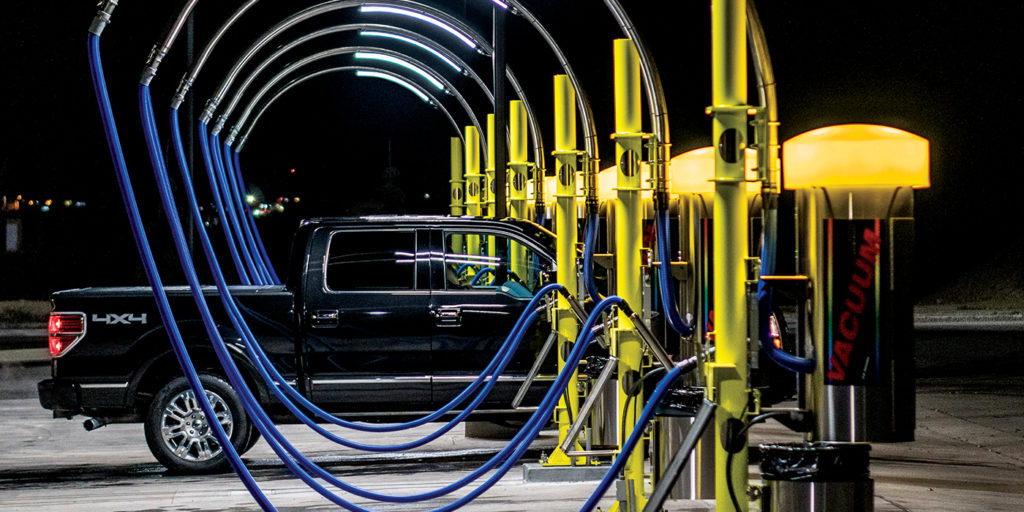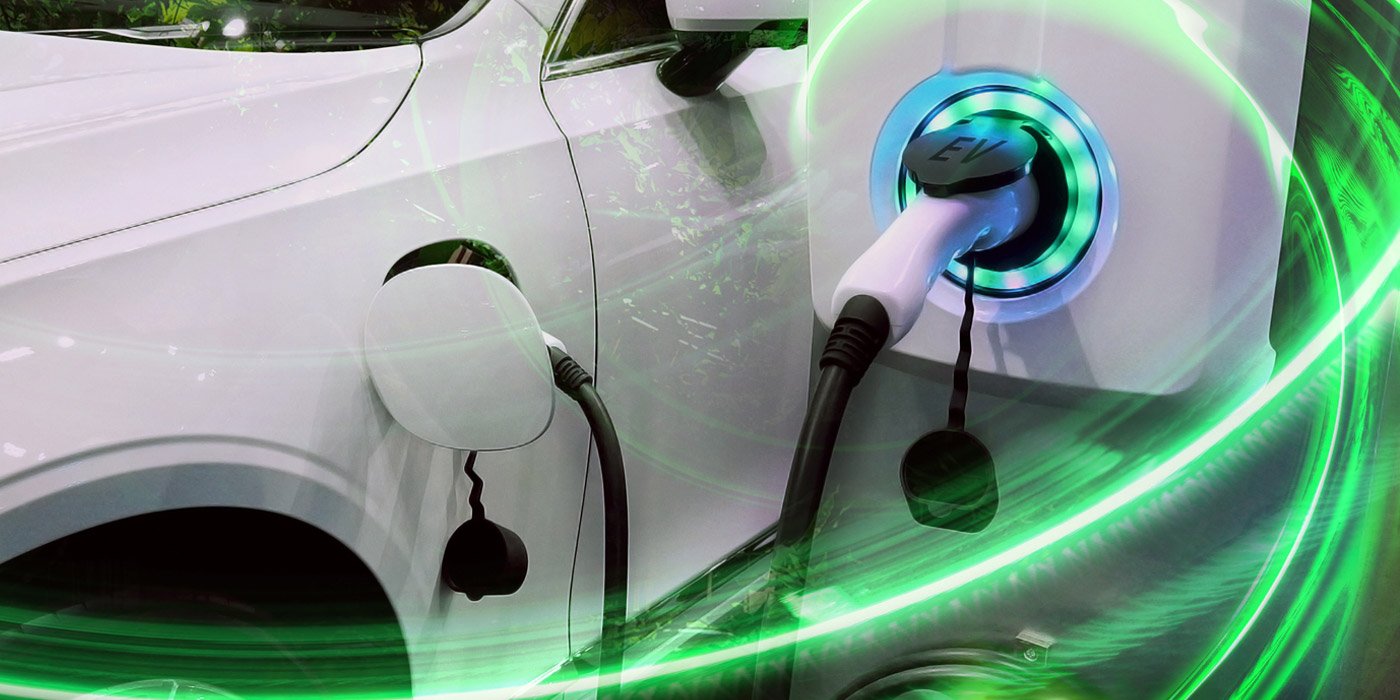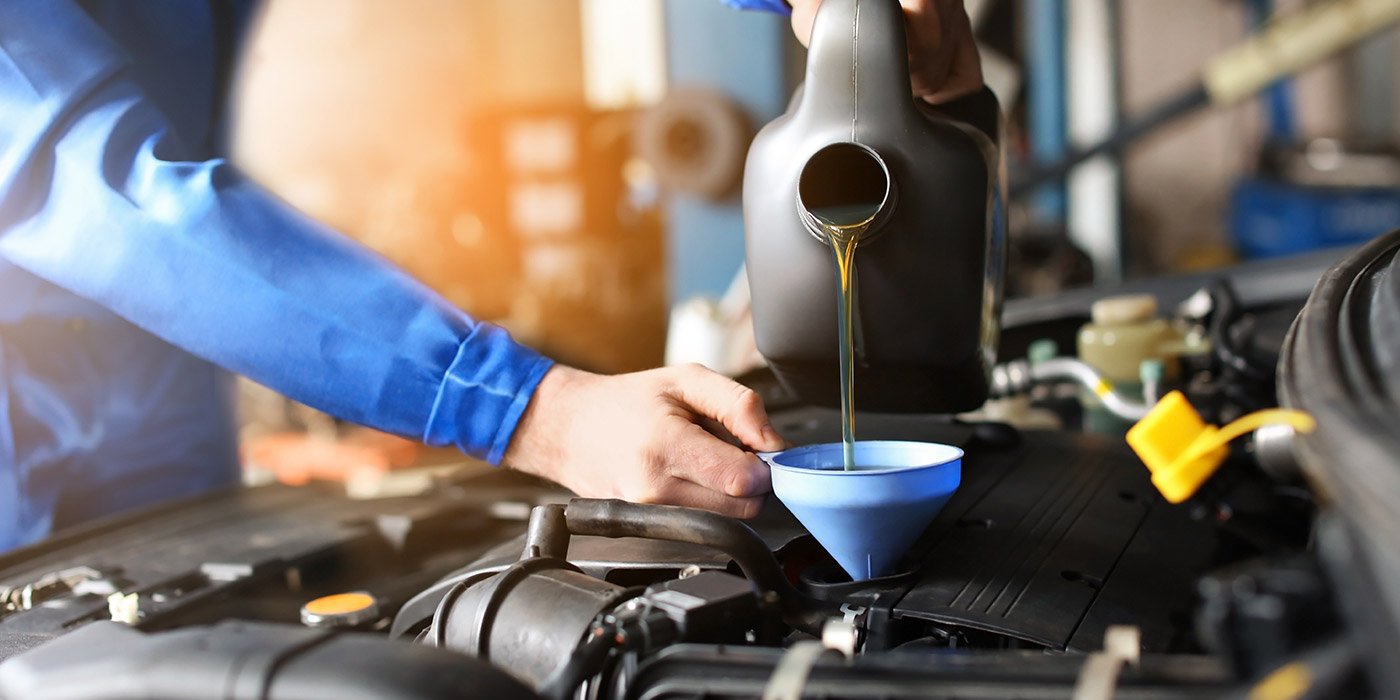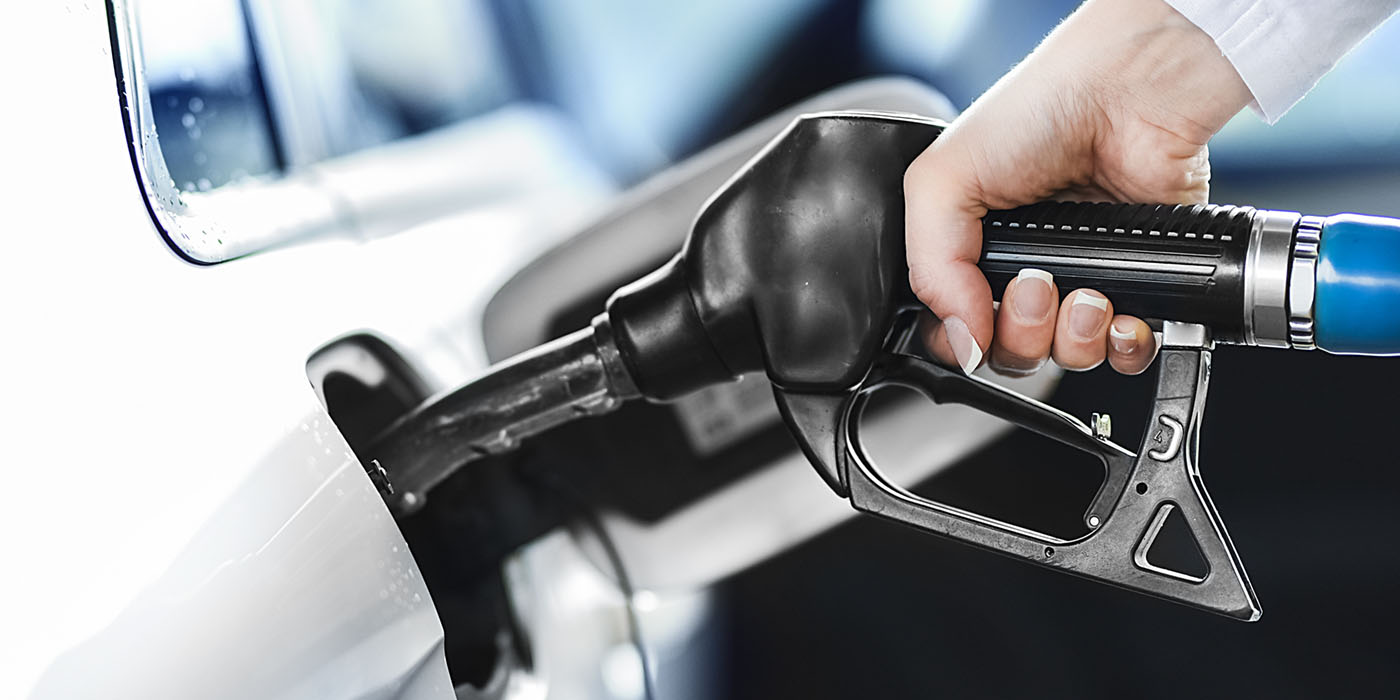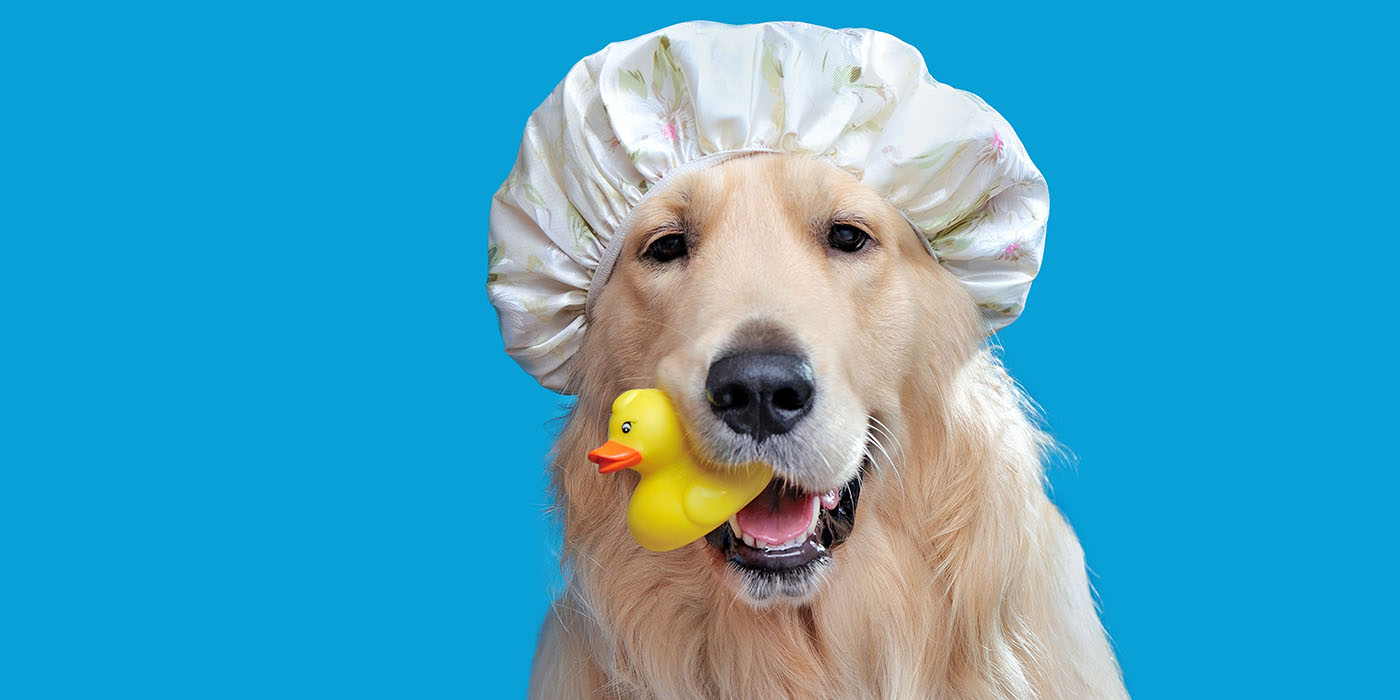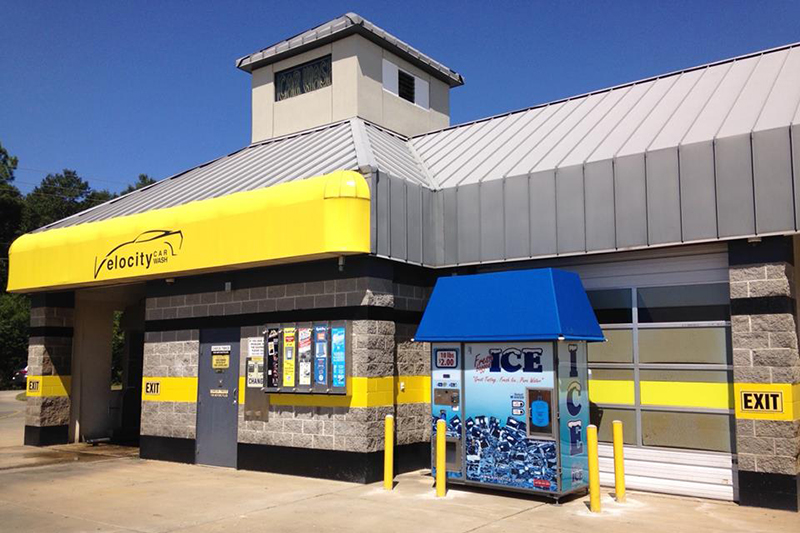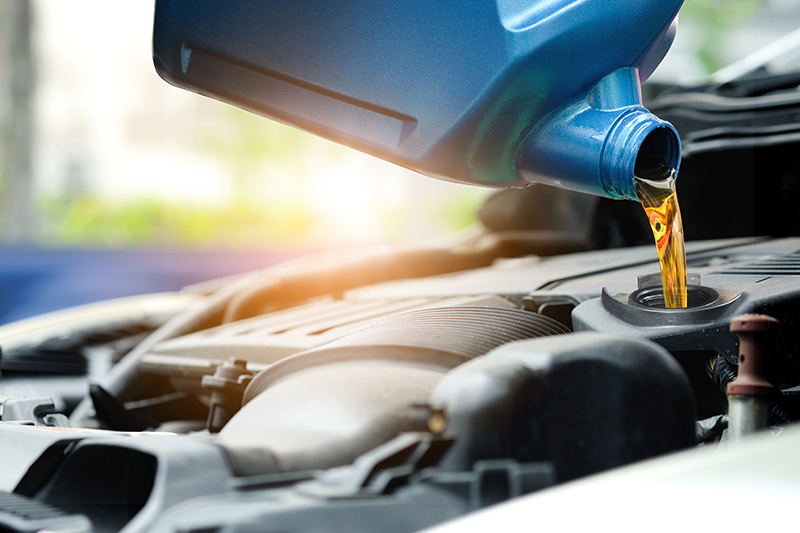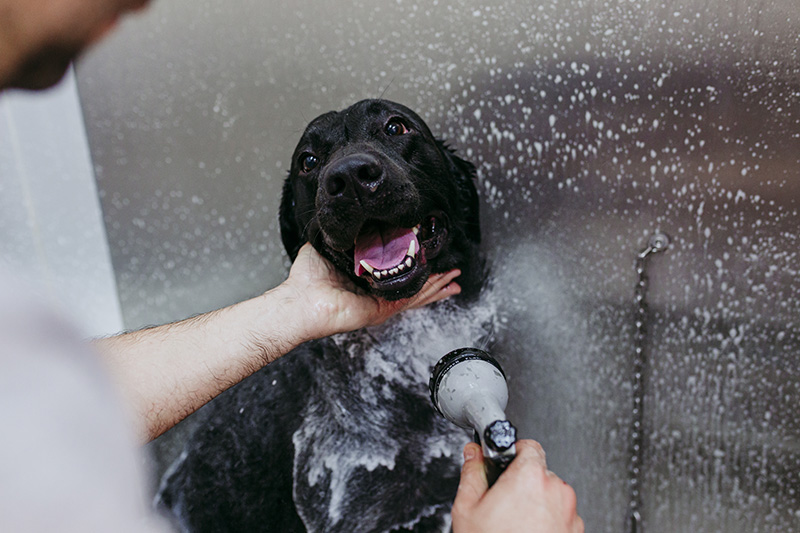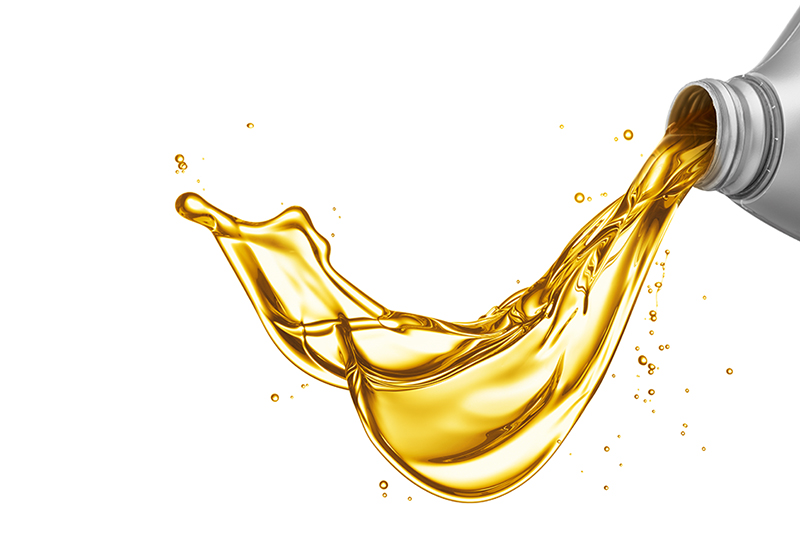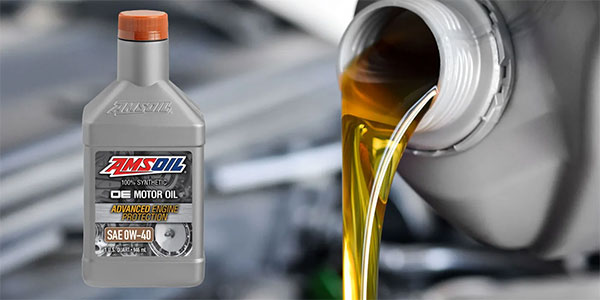During the century in which people have driven personal vehicles, automated carwashing has developed, evolved and advanced. Decades ago, most new drivers learned to driveway wash dirty vehicles using harsh soaps and dusty, coarse rags. Two generations later, young drivers learned to call on carwash locations that utilized tunnel and bay automation instead. For an affordable price, a wash’s critical chemistry and effective equipment worked together to safely clean, rinse and shine all vehicle surfaces, including tires and windows.
No time to read this article? Listen to it instead!
Today, generations of drivers depend on carwash locations like never before. More and more vehicle owners now regularly call on automated wash facilities, and many have never even considered washing vehicles in their driveways. As a result, carwash operators have seen an uptick in dependable customer behavior. Learning how to generate additional sales via these regular visitors has developed into a widely recognized best business practice.
Profit options
For carwash owners considering the addition of new profit centers, a first step can be learning which opportunities have proven the most popular with this generation of on-the-go consumers. Selling products to customers on-site has always been a go-to, but a new generation of service selections has proven profitable for multiple wash formats. If considering equipment-based profit centers, an owner must research properly to learn the start-up costs as well as the proven marketing methods to fully push the profits to a wash’s bottom line.
Jen Wall, sales and marketing manager with J.E. Adams Industries Ltd., recommends carwash operators begin their additional profit considerations by learning more about the market in which they operate. This includes two important questions for owners to answer: What does the competition offer and what does the competition not offer?
Wall also suggests that interested operators directly contact equipment distributors. The employees of these companies will know the modern additional profit options and can walk customers through all the available offerings. Overall, working hand-in-hand with a distributor will guarantee a smooth addition process.
“Ensure you can make a solid profit at a realistic price point for the service you are looking to offer,” Wall continues. “Space and electrical needs should be thoroughly reviewed prior to placing any orders.”
Attractive vacuums
For tunnel, self service or in-bay automatic wash locations, adding pay vacuum stations as an additional profit center has proven to be a draw for customers. In fact, these vacuums can bring in visitors who may not be looking to wash a vehicle, Wall explains. The visible vacuum stations will draw people who may want to vacuum up a mess or clean a spot out of the vehicle’s seats or upholstery. For the customers that are already washing their vehicles on-site, the added vacuum stations will motivate them to stay longer and spend more money.
Combination units with multiple additional profit services are another popular addition for carwashes today. Units with a hot air dryer as well as a vacuum system always drive high margins, according to Wall. The systems are easy to use, and the combinations can include a variety of services: vacuum, air, fragrance, shampoo, spot remover, tire shine and dryer.
Vacuums have proven to be an integral part of modern wash locations for many reasons, notes Wes Taggart, CEO of Auto Vac. First, vacuums can provide curb appeal. An eye-catching, inviting vacuum system that’s visible from the street can effectively advertise a carwash to passing drivers. Next, vacuuming is typically the last thing customers do at a wash. Depending on the wash format, it can be the only time customers interact with wash equipment. It is important that customers leave a carwash with a positive last impression, and a great vacuum system can achieve exactly that.
Taggart adds that a modern, updated vacuum system can utilize integrated arches, shade canopies, LED lighting and more to directly draw a base of customers or soon-to-be customers. Even so, once a wash has acquired a new customer, it is crucial that the vacuum system delivers a top-quality experience. A well-designed vacuum system that provides powerful, reliable suction in a comfortable environment will keep customers coming back.
Popular pet care
Pet washes are another option for adding profits to a carwash of any format. Stand-alone, vending-style dog washes work to draw a new class of customers to a carwash location by offering a do-it-yourself service with a built-in segment of users. Pet owners are always searching for affordable and efficient ways to keep their pets — as well as their vehicles — clean.
As for the development of popular pet wash equipment many carwashes have installed, Paul Fehrenbacher, co-founder and CEO of Mutt Jackson, reveals that one pet wash equipment company’s founder actually came from the carwash industry. The realization and development process was based on the fact that the equipment could take similar components of a carwash and scale it down to create a functional dog wash. Over the course of the last 10 years, the carwash culture in some areas has transformed to the point where, when a customer washes his or her vehicle, it is also time to wash the dog, because so many washes have installed this type of equipment.
Fehrenbacher describes three types of pet wash models that are currently available. A standard model may have a one-bed dog wash, and one dog can go into the wash at a time. This station is made with high-grade stainless steel and high-security lock points. It can be installed in an outdoor setting such as a carwash with some type of overhang, and it will weather the elements well.
Another model is a “light” option where the locking is not high security, unlike the standard model. Additionally, the stainless steel, although solid, is not as high of a grade, Fehrenbacher states. This model is ideal for use in an indoor type of setting.
Finally, Fehrenbacher lays out a third model that is a twin unit. It includes two standard units that share common componentry in the middle. If an operator wants to install two units but not take up as much of a footprint as two side-by-side units, this twin setup is ideal.
The importance of basic design is critical when choosing pet wash equipment. “If you don’t get the standard design right, then all the bells and whistles are for naught,” Fehrenbacher says.
Generating sales
Of course, the next step in earning additional profits is closing the sale with customers. Wall points out that once the equipment is installed, good signage, visibility and lighting will be important for on-site marketing. Operators can also consider running an advertised special to draw awareness to the new services. Owners should be present during key operating hours to interact with customers and have conversations with them as well.
Taggart notes that operators should practice a “customer first” approach to boost sales. Try to experience the carwash site through the customer’s eyes. Bring a friend and go through the wash once or twice a week as a customer and take notice of how the carwash looks from the street.
Trent Walter, owner/CEO of National Pride Equipment, shares that he is a believer in grassroots marketing. Operators should participate in local organizations, and holding fundraisers can generate an enormous amount of community goodwill.
“Most of the time, operators are looking for a one-time, big-impact marketing idea,” Walter says. “Try doing monthly fundraisers for the local baseball team, girl scouts, 4-H group or something of that variety. Getting to know your community on that level combined with supporting their cause will generate the loyalty and business one desires.”
Needed upkeep
New equipment will mean new upkeep procedures, and maintenance best practices always start with a written plan, according to Walter. Too many operators perform maintenance based on a feeling of, “I have not done that in a while.” Trying to reduce this via true preventative maintenance requires proper planning, documentation and execution of a plan.
In fact, some of the upkeep best practices are simple inspections or testing. This can include visually looking at a hose and inspecting it for wear or damage, or even testing a pump. These are both easy ways to deter future maintenance issues, Walter states. If an operator sees or feels damage to equipment, he or she should replace the affected part immediately or at his or her earliest convenience.
Staying in tune with the wash operations will prevent a hose leaking on a customer or creating disappointment because of low pressure from the gun. Walter recommends creating a clean/inspect/lubrication (CIL) schedule for each piece of equipment. CIL schedules followed on a regular basis will help identify failing items. Simply put, a well-maintained wash will deliver a consistent product that will be appreciated by a customer base.
Taggart notes that operators should listen for any leaks in a vacuum system. These leaks can be found where the vacuum tools hang, on the vacuum tools themselves, in worn-out vacuum hoses, in plumbing that is not properly sealed and in gate valves that are not completely closed. All of these create greater noise at the site and degrade the performance of the vacuum system. The good news is that these problems are all simple fixes and can easily be prevented.
Sam Albertson is a freelance contributor.

